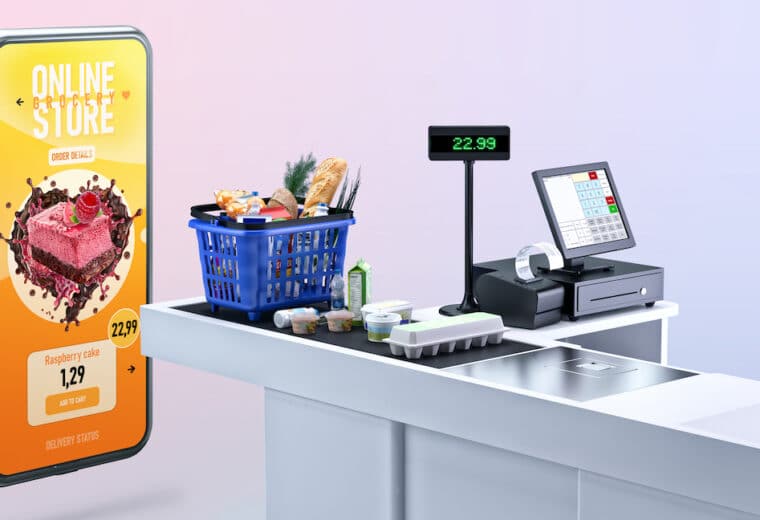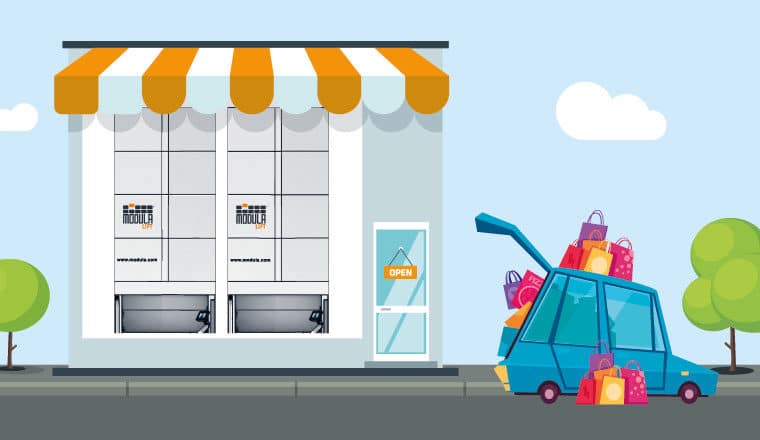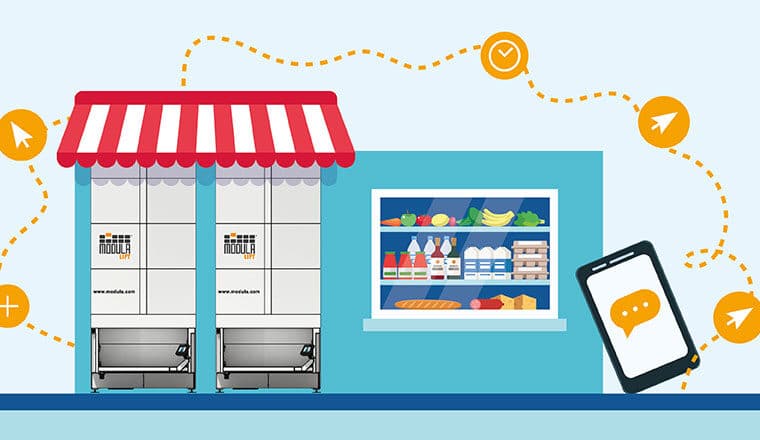Using Automation to Manage E-Commerce Fulfillment
The 44% percent growth in U.S. e-commerce in 2020 put new pressures on the nation’s warehouses and distribution centers to perform effectively and efficiently. Here’s how automation is helping these operations stand up to the challenge.
In 2020, U.S. e-commerce sales jumped by 44%, increasing online spending’s piece of the total retail pie to 21.3% last year, up from 15.8% in 2019. With e-commerce sales hitting nearly $200 billion during the first quarter of 2021—up 39% over the same period in 2020—the pandemic-driven online shopping boost continues in full force.
The massive uptick in e-commerce sales has put new pressures on warehouses and distribution centers (DCs) that are also grappling with a labor shortage, high transportation costs, the move to “pick by each” fulfillment (versus case or pallet picking), omnichannel distribution, and changing consumer preferences.
To top it off, everyone who places an order online wants it as quickly and accurately as possible. And all within the context of persistent supply chain and product shortages. These and other complexities are driving more warehouse and DC operators to explore automation as both a solution to their immediate problems and as a key to their longer-term success plans.
A transformation is taking place whereby individuals in the labor market don’t want to work in warehousing, but even if you can find the people, you need to be able to speed up the operations and increase its velocity, that also requires a different approach to technology
– Brittain Ladd
In this Guidebook 101, we dive deeper into the top challenges that today’s fulfillment centers are working through and provide a fundamental look at how automation, such as Vertical Lift Modules and Horizontal Carousels, is helping organizations break through these roadblocks and plan for the future
Read more in the Modern Materials Handling GuideBook 101 ⬇





